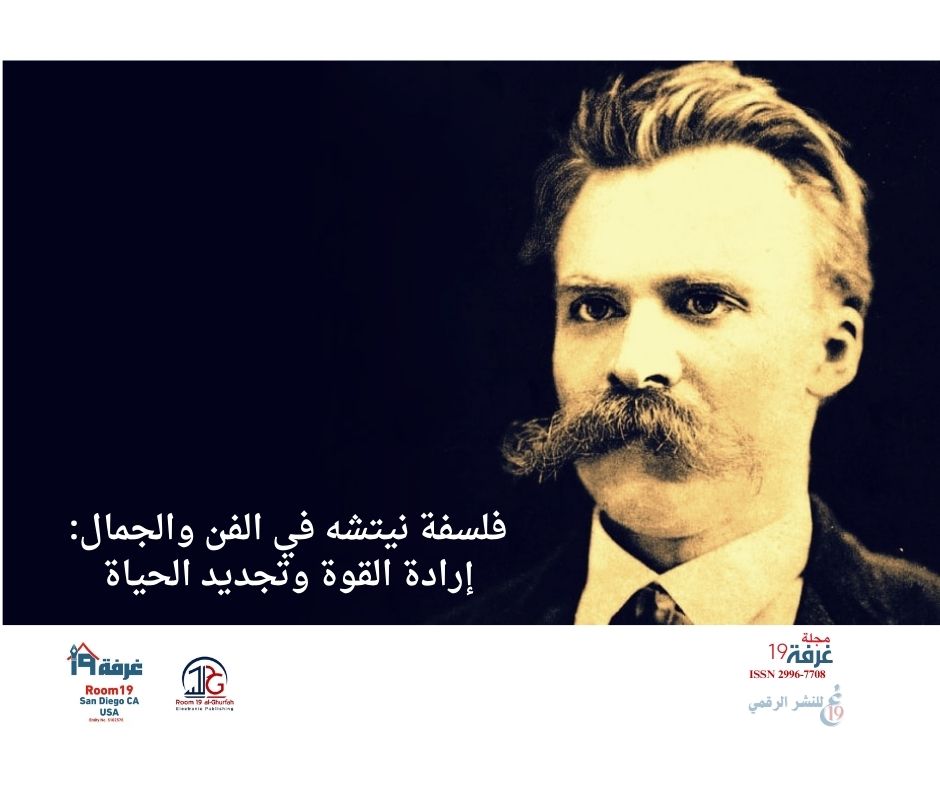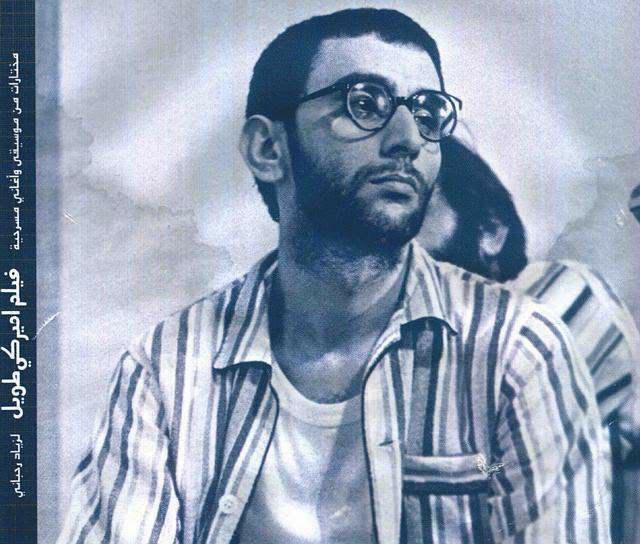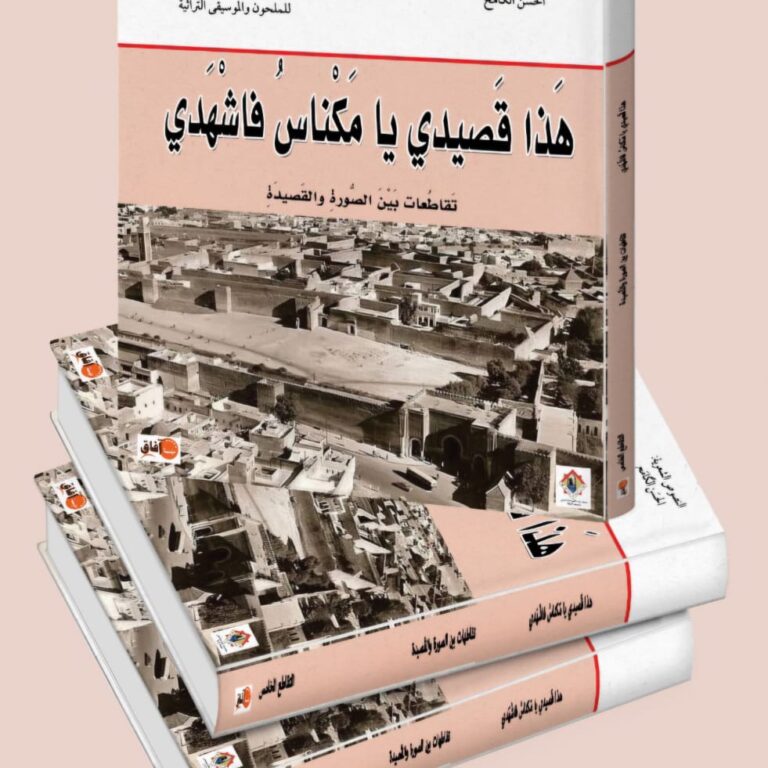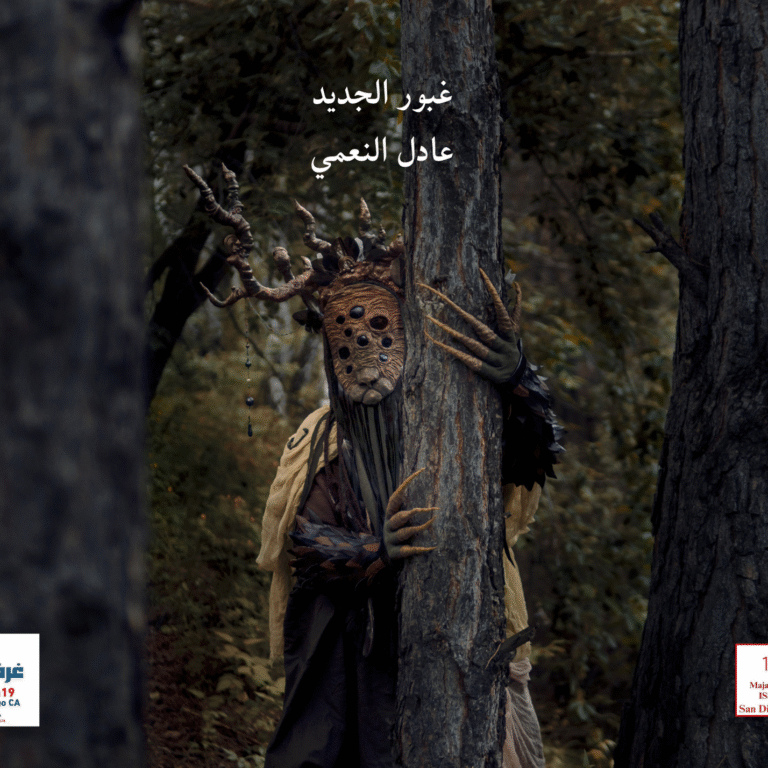
فلسفة نيتشه في الفن والجمال: إرادة القوة وتجديد الحياة
Friedrich Nietzsche (1844–1900) grounds his philosophy of art and beauty on two pivotal concepts: the will to power and the aesthetic embodiment of life. For Nietzsche, art is more than mere representation; it is a transformative force that revitalizes existence, transcends nihilism, and affirms life in its full complexity
The Will to Power as the Foundation of Art
Central to Nietzsche’s philosophy is the concept of the will to power, a driving force of creativity and self-affirmation. Art, in this framework, becomes the ultimate medium through which the will to power expresses itself. Nietzsche identifies a specific mode of this force in what he calls the “Dionysian will to power,” an unbridled energy that celebrates creation, destruction, and renewal
Through art, the individual transcends personal limitations and embodies the raw forces of life, dissolving the boundaries of individuality to align with the dynamic flow of existence. Art thus becomes an existential act, not just a creative one
The Dionysian Will to Power
Inspired by Dionysus, the Greek god of wine, ecstasy, and rebirth, Nietzsche’s concept of the Dionysian represents an elemental force of chaos, vitality, and regeneration. This Dionysian energy fuels the artist, enabling them to channel raw, primordial vitality into creative expression
In contrast to Apollonian order and restraint, which reflects structure, beauty, and harmony, the Dionysian will to power embraces the sublime interplay of chaos and form. Nietzsche saw the fusion of these opposing drives—Dionysian and Apollonian—as the foundation of the greatest art, particularly in the Greek tragedy
Ecstasy as the Root of Artistic Creation
Nietzsche emphasizes the role of ecstasy as a fundamental element of artistic creation. Ecstasy—understood as a state of heightened vitality and transcendence—empowers the artist to imbue the world with intensified beauty. Through this lens, art becomes an act of idealization, not through selective refinement, but by amplifying the essential qualities of life to their utmost expression
For Nietzsche, artistic creation is not a process of mimicking reality but a transformative act that reimagines and magnifies existence. This idealization breathes life into objects and experiences, making them appear more vibrant and beautiful
Art as the Embodiment of Beauty and Power
In Nietzsche’s philosophy, beauty is not a fixed aesthetic ideal but a dynamic reflection of vitality and perfection. Beauty embodies the triumph of the will to power, reflecting strength, confidence, and a harmonious affirmation of life. Conversely, ugliness represents decay, weakness, and the denial of life’s potential
Art, then, becomes the medium through which humanity reconnects with its essence. Beauty reflects humanity’s strength and creativity, while the absence of beauty—manifested in the ugly or grotesque—signifies a collapse of vitality and will
The Relationship Between Beauty and Ugliness
For Nietzsche, beauty and ugliness are expressions of existential states. Beauty arises from the affirmation of life and strength, whereas ugliness stems from weakness and decline. When one experiences beauty, they project their vitality onto the world; in contrast, experiencing ugliness reflects inner turmoil or failure
This duality underscores Nietzsche’s belief that art is not merely aesthetic but metaphysical. It transcends sensory appreciation to reflect humanity’s deepest existential struggles and triumphs
Art as Salvation
Nietzsche viewed art as a redemptive force capable of transforming life’s inherent suffering and contradictions into meaningful and affirming experiences. While religion and philosophy often seek to escape suffering, Nietzsche’s art embraces and transfigures it, offering a sense of joy even in pain. Art becomes a form of existential salvation, transforming the absurdity and chaos of existence into something beautiful and worthy of celebration
Greek Tragedy and the Balance of Forces
Nietzsche celebrated Greek tragedy as the highest form of art, a harmonious synthesis of the Dionysian and Apollonian. Tragedy does not seek to resolve life’s contradictions but instead magnifies them, affirming life’s beauty despite its suffering
The tragic hero becomes a vessel for this affirmation, embodying the interplay of vitality and destruction. In the tragic spectacle, the audience participates in this affirmation, experiencing a catharsis that reconnects them with the profound, unstructured forces of existence
Critique of Romanticism and Socratic Rationalism
Nietzsche critiqued Romantic art for its excessive focus on the subjective and the individual, which he saw as detached from the universal forces of life. Similarly, he rejected the rationalism of Socrates, which sought to impose order and diminish the raw power of existence. For Nietzsche, both movements represented a denial of life’s inherent chaos and vitality
Art as a Metaphysical Force
Nietzsche redefined metaphysics through art, rejecting traditional notions of eternal truths in favor of a life-affirming creativity. Art is not an escape from reality but a way of confronting and transforming it. It is an act of creation that shapes the world and imbues it with meaning, allowing humanity to transcend nihilism and embrace existence
Music, Poetry, and the Unity of the Arts
Nietzsche regarded music as the highest form of artistic expression, capturing the ineffable essence of existence through its rhythms and harmonies. Unlike language, which imposes structure and rationality, music expresses raw emotion and Dionysian vitality.
Similarly, Nietzsche viewed poetry as inherently musical, originating in lyrical chants and songs that connected human experience to its primal roots. Both music and poetry exemplify the interconnectedness of the arts, uniting the physical and the metaphysical in a celebration of life
Conclusion: Art as the Will to Life
For Nietzsche, art is not merely an aesthetic pursuit but a profound existential force that shapes and sustains life. It is the embodiment of the will to power, transforming suffering and contradiction into beauty and meaning. Through art, humanity reconnects with the primal forces of existence, transcending nihilism and affirming life as a celebration of its vitality and complexity
Nietzsche’s philosophy of art and beauty thus offers a vision of art as a liberating and life-affirming force, capable of reconciling humanity with the chaos and splendor of existence. Through art, we find not escape but renewal—a way to transform pain into power and to embrace life in its fullest form
Arabic Translation
فلسفة نيتشه في الفن والجمال: إرادة القوة وتجديد الحياة
تقوم فلسفة فريدريش نيتشه (1844–1900) حول الفن والجمال على مفهومين أساسيين: إرادة القوة والتجسيد الجمالي للحياة. بالنسبة لنيتشه، الفن ليس مجرد تمثيل، بل هو قوة تحوّلية تُجدد الوجود، تتجاوز العدمية، وتؤكد الحياة بكل تعقيداتها.
إرادة القوة كأساس للفن
تُعتبر إرادة القوة حجر الزاوية في فلسفة نيتشه، وهي قوة دافعة للإبداع والتأكيد الذاتي. في هذا الإطار، يصبح الفن الوسيلة الأسمى التي تعبّر بها إرادة القوة عن ذاتها. يرى نيتشه أن هذه القوة تتجلى بشكل خاص فيما يُطلق عليه “إرادة القوة الديونيسوسية”، وهي طاقة جامحة تحتفي بالإبداع والتدمير والتجدد.
من خلال الفن، يتجاوز الإنسان حدوده الشخصية ويجسّد القوى الخام للحياة، فيذوب في التيار الديناميكي للوجود. وهكذا، يصبح الفن عملاً وجوديًا وليس مجرد نشاط إبداعي.
الإرادة الديونيسوسية للقوة
استوحى نيتشه مفهومه من الإله اليوناني ديونيسوس، الذي يرمز إلى النبيذ والنشوة والتجدد. بالنسبة لنيتشه، تمثل الإرادة الديونيسوسية قوة أولية من الفوضى والحيوية والتجدد. هذه الطاقة تُغذي الفنان، مما يمكّنه من تحويل هذه الحيوية الخام إلى تعبير إبداعي.
في مقابل النظام والاعتدال الأبولوني، الذي يعكس البنية والجمال والتناغم، تحتضن الإرادة الديونيسوسية التفاعل العميق بين الفوضى والشكل. رأى نيتشه أن أعظم الفنون، وخاصة المأساة اليونانية، تنبثق من هذا التوازن بين الديونيسوسي والأبولوني.
النشوة كأساس للإبداع الفني
يشدد نيتشه على دور النشوة كعنصر أساسي في عملية الإبداع الفني. فالنشوة، التي تُفهم على أنها حالة من الحيوية المتزايدة والتجاوز، تُمكّن الفنان من إضفاء الجمال المكثف على العالم. من هذا المنطلق، يصبح الفن فعل تخيل مثالي، ليس عبر التنقية أو التحسين، بل من خلال تضخيم السمات الأساسية للحياة إلى أقصى درجاتها.
بالنسبة لنيتشه، فإن الإبداع الفني ليس عملية محاكاة للواقع، بل هو فعل تحويلي يعيد تخيل الوجود ويضفي عليه الحيوية. هذا التخيل المثالي يضفي حياة على الأشياء والتجارب، مما يجعلها تبدو أكثر إشراقًا وجمالاً.
الفن كتجسيد للجمال والقوة
في فلسفة نيتشه، الجمال ليس معيارًا ثابتًا بل انعكاسًا ديناميكيًا للحيوية والكمال. يمثل الجمال انتصار إرادة القوة، حيث يعكس القوة والثقة والتأكيد المتناغم للحياة. وفي المقابل، يعبر القبح عن التدهور والضعف وإنكار إمكانيات الحياة.
وبالتالي، يصبح الفن الوسيلة التي تعيد من خلالها البشرية الاتصال بجوهرها. الجمال يعكس قوة الإنسان وإبداعه، بينما يرمز غياب الجمال—الذي يتجسد في القبح أو التشوه—إلى انهيار الحيوية والإرادة.
العلاقة بين الجمال والقبح
يرى نيتشه أن الجمال والقبح هما تعبيرات عن حالات وجودية. فالجمال ينشأ من تأكيد الحياة وقوتها، بينما ينبع القبح من الضعف والانحطاط. عندما يختبر الإنسان الجمال، فإنه يُسقط حيويته على العالم؛ وعلى العكس، فإن تجربة القبح تعكس اضطرابًا داخليًا أو فشلًا.
هذا التناقض يؤكد إيمان نيتشه بأن الفن ليس مجرد مسألة جمالية بل ميتافيزيقية. فهو يتجاوز التقدير الحسي ليعكس أعمق صراعات البشرية وانتصاراتها الوجودية.
الفن كخلاص
اعتبر نيتشه الفن قوة خلاصية قادرة على تحويل معاناة الحياة وتناقضاتها الجوهرية إلى تجارب ذات معنى ومفعمة بالتأكيد. بينما تسعى الأديان والفلسفات غالبًا للهروب من المعاناة، فإن فن نيتشه يحتضنها ويحولها، مما يضفي شعورًا بالفرح حتى في الألم. وهكذا يصبح الفن شكلًا من أشكال الخلاص الوجودي، حيث يحوّل العبثية والفوضى إلى شيء جميل وجدير بالاحتفال.
المأساة اليونانية وتوازن القوى
احتفى نيتشه بالمأساة اليونانية باعتبارها أرقى أشكال الفن، إذ تحقق انسجامًا بين الديونيسوسي والأبولوني. فالمأساة لا تهدف إلى حل تناقضات الحياة، بل إلى تضخيمها، مؤكدةً جمال الحياة رغم معاناتها.
البطل التراجيدي يصبح وعاءً لهذا التأكيد، حيث يجسد التفاعل بين الحيوية والدمار. ومن خلال المشهد التراجيدي، يشارك الجمهور في هذا التأكيد، مما يمنحهم تطهيرًا يُعيد اتصالهم بالقوى العميقة وغير المنظمة للوجود.
نقد الرومانسية والعقلانية السقراطية
انتقد نيتشه الفن الرومانسي لتركزيه المفرط على الذاتية والفردية، معتبرًا أنه ينفصل عن القوى الكونية للحياة. كما رفض العقلانية السقراطية التي سعت لفرض النظام والتقليل من قوة الوجود الخام. بالنسبة لنيتشه، كلا الاتجاهين يمثلان إنكارًا للفوضى والحيوية الكامنة في الحياة.
الفن كقوة ميتافيزيقية
أعاد نيتشه تعريف الميتافيزيقا من خلال الفن، حيث رفض المفاهيم التقليدية للحقيقة الأبدية لصالح الإبداع المؤكد للحياة. فالفن ليس هروبًا من الواقع، بل وسيلة لمواجهته وتحويله. إنه فعل خلق يشكل العالم ويضفي عليه معنى، مما يسمح للبشرية بتجاوز العدمية واحتضان الوجود.
الموسيقى والشعر ووحدة الفنون
اعتبر نيتشه الموسيقى أرقى أشكال التعبير الفني، لأنها تلتقط جوهر الوجود الذي لا يمكن التعبير عنه من خلال إيقاعاتها وتناغماتها. بخلاف اللغة التي تفرض البنية والعقلانية، تعبر الموسيقى عن العاطفة الخام وحيوية الديونيسوسي.
وبالمثل، يرى نيتشه أن الشعر يتمتع بطبيعة موسيقية، لأنه ينبع من الأناشيد والأغاني الغنائية التي تربط التجربة الإنسانية بجذورها البدائية. يجسد كلا من الموسيقى والشعر الترابط بين الفنون، حيث يوحدان بين المادي والميتافيزيقي في احتفال بالحياة.
الخاتمة: الفن كإرادة للحياة
بالنسبة لنيتشه، الفن ليس مجرد نشاط جمالي، بل قوة وجودية عميقة تُشكل الحياة وتحافظ عليها. إنه تجسيد لإرادة القوة، يحوّل المعاناة والتناقض إلى جمال ومعنى. ومن خلال الفن، تعيد البشرية الاتصال بالقوى البدائية للوجود، متجاوزةً العدمية ومؤكدةً على الحياة كاحتفال بحيويتها وتعقيدها.
لذا، تقدم فلسفة نيتشه للفن والجمال رؤيةً للفن كقوة محررة ومؤكدة للحياة، قادرة على التوفيق بين البشرية وبين الفوضى والعظمة الكامنة في الوجود. ومن خلال الفن، نجد لا الهروب، بل التجدد—طريقة لتحويل الألم إلى قوة واحتضان الحياة بأكمل صورها.







